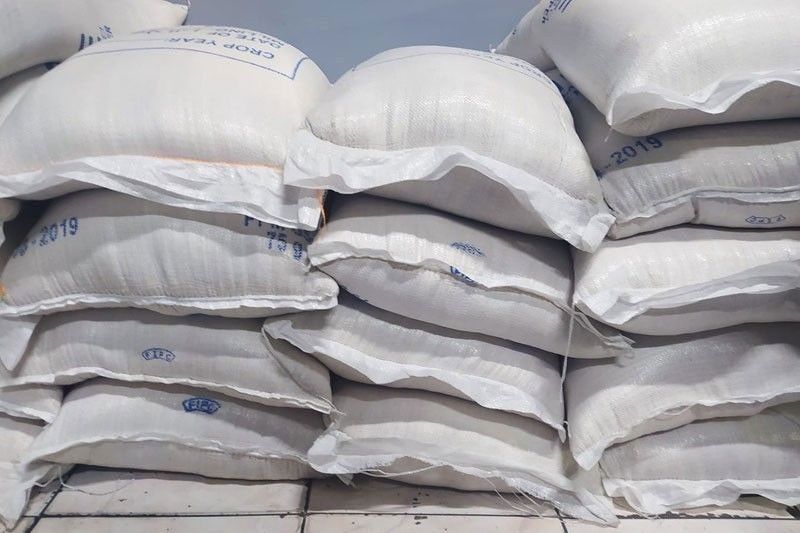Philippines, China tie as world’s biggest rice importers

MANILA, Philippines — The country’s rice imports likely declined this year, but the Philippines is still seen to tie with China as the world’s biggest rice importers.
According to the latest report of the United States Department of Agriculture-Foreign Agricultural Service, Philippine rice imports likely reached 2.3 million metric tons, down 21 percent from 2.9 million MT in 2019.
This has been lowered from the earlier forecast of 2.5 million MT.
“There is reduced demand from the Philippines as the government has not been issuing additional import permits this year,” the USDA said.
“Private sector imports have been stymied in recent months as the government stopped issuing new import permits due to unrest in the farm sector,” it added.
Last September, the Philippines’ Department of Agriculture appealed to rice importers to manage and temporarily halt their import application to give way to harvest season and not worsen the drop in palay (unhusked rice) prices.
The issuance of the sanitary and phytosanitary import clearance (SPSIC) for rice, however, has yet to resume.
Despite the decline, the Philippines, together with China, will still emerge as the world’s biggest importer. China’s imports for the year are seen to hit 2.3 million MT, the same level as 2019.
Imports by China slid to the lowest in nearly a decade, with purchases from Thailand down sharply.
Next year, however, the Philippines might reclaim its biggest importer status alone as imports are seen to rise by 13 percent to 2.6 million MT.
China, on the other hand, will reduce its imports by four percent to 2.2 million MT.
The Rice Tariffication Law enacted last year has made imports more available in the market, depressing overall milled rice prices.
The USDA earlier said farmers were likely to shift to other crops while others continue the trend of converting lands into other commercial purposes.
More than a year into the law, rice farmers continue to struggle to compete with affordable imports from Southeast Asia with farm gate prices still slumping during the recent harvest season.
Milled rice production is also forecast to improve this year to 11.9 million MT from 11.7 million MT as the government ramps up its Plant, Plant, Plant program amid the pandemic.
But this would decrease to 11.7 million MT by 2021 due to the shift from rice to other crops.
Rice area and yield are also expected to decline this year and by 2021 as some farmers move to diversify their crops or convert lands into non-agricultural uses.
- Latest
- Trending



























